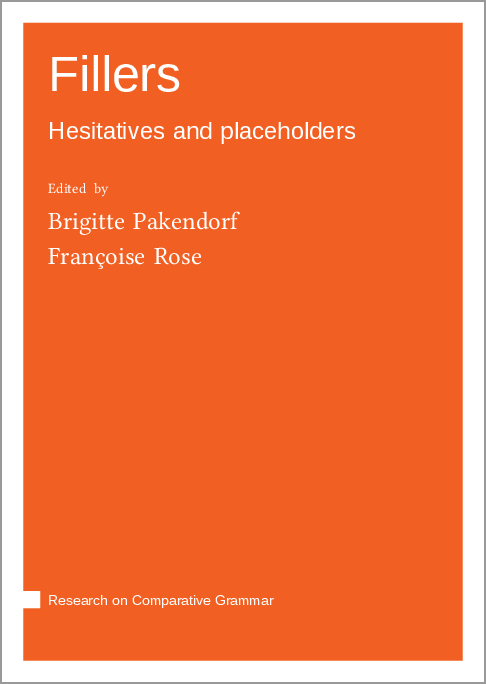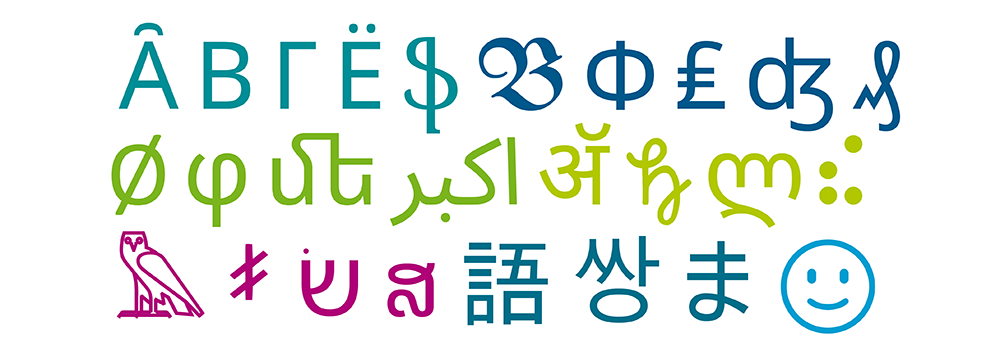In der letzten Zeit sind u.a. diese frei verfügbaren Titel erschienen:
Die Beschleunigung der Schrift: Geschichte der Stenografie im 19. und frühen 20. Jahrhundert
Wolf-Rüdiger Wagner
https://doi.org/10.14361/9783839471555

Eisenbahn und Telegrafie stehen im 19. Jahrhundert für die Beschleunigung und Ausweitung gesellschaftlicher Beziehungen. Wie Wolf-Rüdiger Wagner zeigt, entsprach die im deutschsprachigen Raum übliche Kurrentschrift nicht mehr den Anforderungen an schriftliche Kommunikation. Als »Beschleunigungsmittel des Gedankenverkehrs« bot sich die Stenografie an. Ihre Nutzung als Verkehrsschrift setzte jedoch eine Einheitskurzschrift voraus. Zu deren Einführung kam es aber erst 1924 nach langwierigen Verhandlungen auf Druck der Reichsregierung. Anhand von Presseberichten und Archivtexten bietet der Band einen Einblick in die vielschichtigen Beziehungen zwischen gesellschaftlichen, technischen und kulturellen Entwicklungen sowie den Veränderungen im Bereich der Kommunikation.
Fillers: Hesitatives and placeholders
Brigitte Pakendorf & Françoise Rose (Hrsg.)
https://langsci-press.org/catalog/book/484
https://doi.org/10.5281/zenodo.15632051

Fillers are non-silent linguistic devices used in disfluencies to gain time while searching for words. In addition, they are frequently used intentionally to avoid words for reasons of politeness, ‘conspirational’ motivations, or rhetorical purposes. Two syntactically distinct types of conventionalized fillers can be distinguished: placeholders and hesitatives (also called hesitators). Placeholders are referential and morphosyntactically integrated, while hesitatives are neither. Strikingly, even though fillers are cross-linguistically widespread, dedicated studies of such items in particular languages are still largely lacking.
This collective volume comprises in-depth descriptions of conventionalized fillers in a substantial variety of languages from Eurasia, Papunesia, Australia, and the Americas, hoping to stimulate typological research on fillers, both hesitatives and placeholders. The book aims to contribute to a better visibility of the topic among general linguists, to make data and analyses accessible that will be useful for further typological studies on the topic, and to provide models for descriptive linguists.
The introductory chapter discusses issues emerging from the previous literature and offers a new typology of fillers. It also highlights the major findings of the eleven remaining chapters. Each of these contains a detailed and typologically informed analysis of fillers in one or several underdescribed languages, based on corpora of natural speech and focusing on lexical fillers rather than on phenomena below the word-level (phonetic lengthening, truncation) or above the word-level (such as idioms and discourse markers like ‘you know’, or rhetorical questions like ‘what’s the word for that?’). The chapters cover a large amount of diversity, both in terms of languages and with respect to the type of filler. They focus on (i) the criteria for identification of the various types of fillers and the terminology used, keeping in mind that the domain is still largely under construction, (ii) a detailed analysis in terms of morphosyntactic distribution and, if possible, (iii) frequency in speech, and (iv) some reflection on the diachronic development of these disfluency markers.
The present perfective paradox. A typological study of present-time markers
Tom Koss
https://doi.org/10.63028/10067/2142440151162165141
The English present tense can do many things, but – paradoxically – it is rarely used to refer to the ongoing present. More precisely, present-time reference is only possible with a specific group of verbs, namely those that refer to situations where nothing moves or changes (so-called “stative verbs”): I have my laptop with me right now is a grammatical English sentence because having a laptop is a state rather than a dynamic process. With verbs that refer to dynamic situations, the simple present cannot express present-time reference: I run to the bus station right now sounds rather odd. Instead, dynamic verbs in the simple present typically refer to habitually reoccurring situations, as in I run to the bus station every morning. A similar thing happens in Slavic languages such as Polish and Russian, in which the present tense gets a future-time interpretation in certain contexts (instead of a habitual one as in English).
This phenomenon, where present tenses are systematically used for something other than the present, has been called the “present perfective paradox” (henceforth: “PPP”). Yet it has been unclear until now whether this pattern can also be found outside of the well-studied languages of Europe, and if so, to what extent.
This dissertation represents the first large-scale cross-linguistic study of the PPP, investigating a sample of 180 unrelated languages from all over the world. Results indicate that the PPP is a cross-linguistically relevant phenomenon: it can be found in about one third of the investigated languages and does not seem to be tied to a specific region or language type. But while the present tenses of the above-mentioned European languages may either refer to habits or to future-time situations, it turns out that globally, most present tenses with additional non-present meanings are in fact used for past-time situations. This systematic co-expression of past and present illustrates how grammar may reflect human cognition: while past and present situations are both available to human experience, the future cannot be experienced but only be imagined.
Building on these and other cross-linguistic findings on the PPP, this thesis develops a novel theoretical framework for the analysis of verb meanings. It illustrates how looking at languages through the lens of the PPP can tell us more about grammar and verbs in general.



Schreibe einen Kommentar